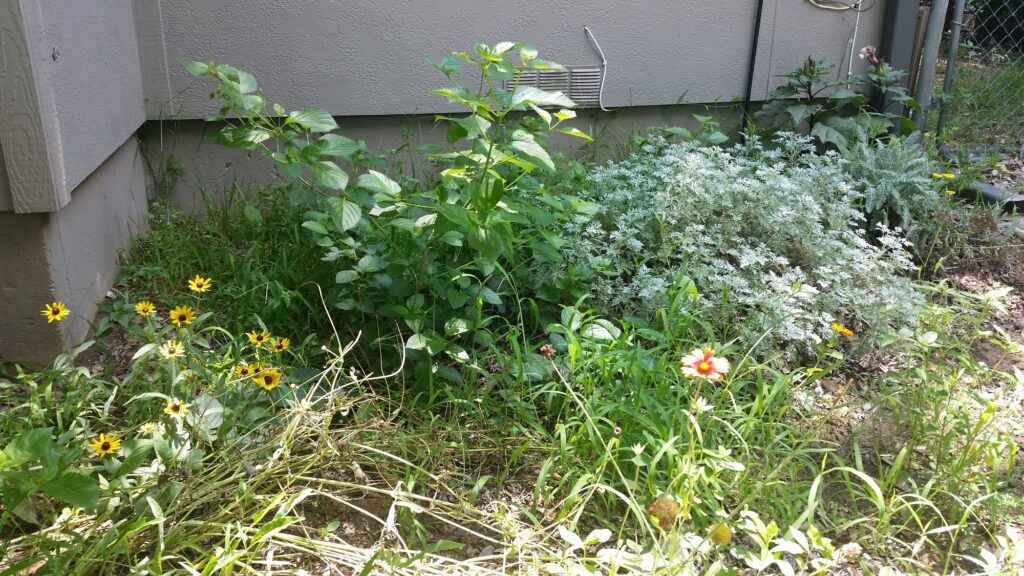
June was perennial gardening month, so I’m here (behind the curve) to tell you about it. You may have heard the term ‘perennial gardening’ or ‘edible perennial gardening’ before. But what is it, you ask? It’s pretty simple! Perennial gardening involves designing your garden around those plants that live through at least three or more growing seasons.
So, what are we talking about here? Natives? What about food crops, herbs, and non-native plants? Well, perennial gardening involves all of these things… and more. Of course, I’m not going to recommend growing plants that aren’t native or adapted to your zone. But if exotics and tropicals are your thing don’t worry. You won’t be left out.
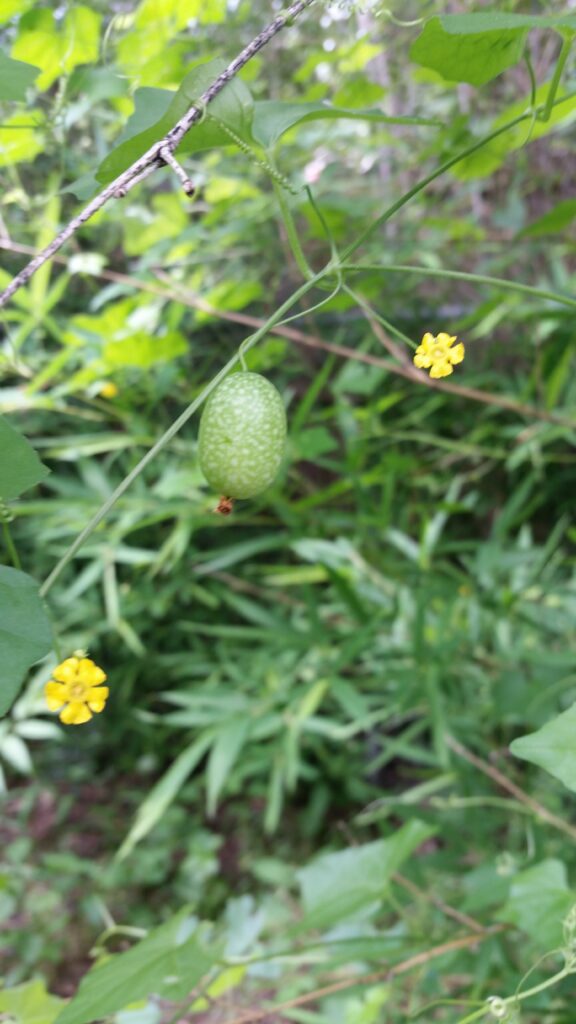
Most perennial garden guides only discuss gardening perennial flowering plants. But there’s so much more than that. Here are the types of plants you can include in a perennial garden. Spoiler alert. it’s most of them:
- Food crops (asparagus, horseradish, rhubarb, watercress, garlic)
- Herbaceous flowering plants (coneflower, salvias, phlox)
- Medicinal herbs (yarrow, sage, lavender, bee balm)
- Shrubs (wormwoods, evergreens, hydrangea, lantana)
- Trees (fruit trees are great if you want to combine edible gardening with gardening for design)
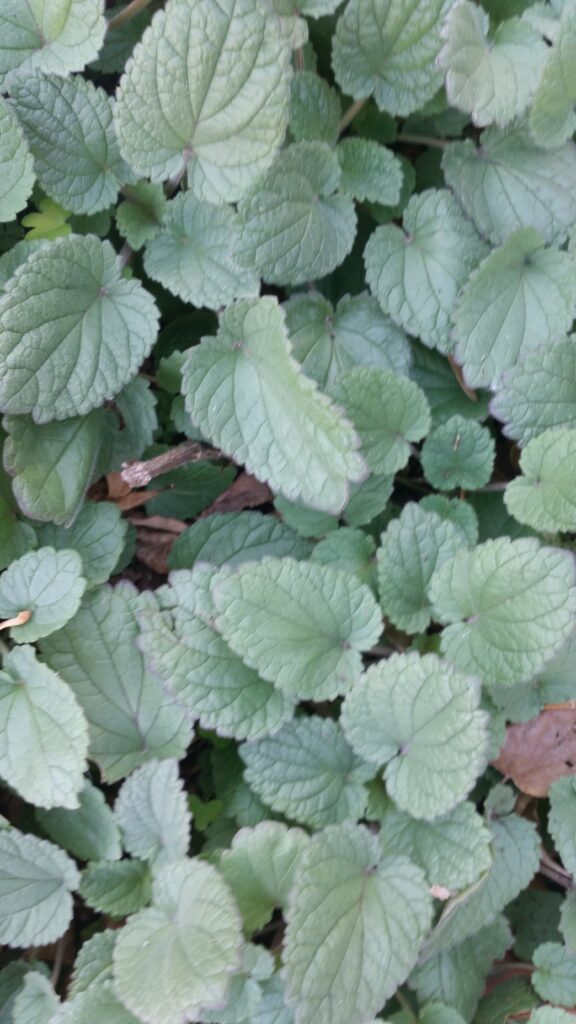
Tips for Perennial Gardeners
Since you’re dealing with plants with a life cycle longer than just one growing season, there’s a bit more maintenance involved. Follow these basics of perennial gardening and you’ll have perennial garden plants and perennial flowers that bloom all summer long.
Fertilizing
Because your perennials subsist in one area over time, you’ll need to add nutrients in temperate growing seasons to support overall soil health. Use a dry, slow release, full spectrum fertilizer for this purpose. If you compost, add a little compost to those plants that appreciate a nutrient boost.
Add bone meal to flowering plants to help things pop off. Fruiting plants like bone meal as well, and greens enjoy high nitrogen fertilizers. Perennial vegetable gardening requires consistent applications of fertilizer to support plants that may have taken time to establish themselves. Asparagus, a beloved edible perennial, really enjoys a balanced, full spectrum fertilizer in early spring just as spears poke through the soil surface. Fruit trees need some assistance just before they flower with a high nitrogen fertilizer. Blood meal is a great option for perennial fruit trees.
Do some research when you’re planning to determine the best perennials for your zone and growing habits. If you’re working directly in the soil, you’ll have most success with natives and adapted plants. If you’re growing in containers, go crazy! But remember you may have to move containers around when the weather gets extreme. This is especially so for tropicals grown in areas with cold winters.
Dividing
To keep your perennial garden plants healthy, move them around and transplant them in spring and fall. Dividing plants has multiple benefits:
- Pests are easier to control in plants that are contained. However, remember that if your plants are being eaten, they aren’t part of the ecosystem.
- Diseases are less likely to spread in areas where plants aren’t overcrowded.
- Share the love. Either with other parts of your garden, or with friends and family. If you don’t have a place to put a plant you’ve divided, you can save it in a pot for later.
- It helps you save space if you use perennials for container gardening. Dividing is essential to prevent root binding.
Deadheading
Deadheading is one of the most fundamental parts of perennial flower gardening and edible perennial gardening. When a flower is spent, snip off the bloom. Many flowers reproduce via seeds that remain after the flower has bloomed and died. These seeds will scatter in the area the perennial flowers are growing, unless you deadhead them. This helps contain plants that can take over, and allows you to collect perennial seeds. You can save them or give them away.
Deadheading also maintains the health of your garden. Too much matter in the process of decay can attract pests and disease. If you have a large space you’d like to fill up with one kind of perennial flower or vegetable, you can deadhead, and scatter seeds therein yourself.
Pruning
I’ll admit, I suck at this. I love to see the way perennial garden plants grow and I’m a tad shear shy, as they say. They do say that, don’t they?
But especially with fruit trees, pruning perennials is so important. This helps your plants grow happily and easily, and keeps your garden manageable. Clipping off dead or overgrown leaves and branches prompts thicker growth in a lot of plants. When you prune edibles, you can take that snipped piece right into your kitchen. This is part of the reason perennial gardening is so rewarding.
One of the biggest benefits to perennial gardening is that it helps you maintain soil health. You don’t spend a lot of time pulling plants out from the soil or tilling the soil to plant anew. By practicing low tilling, you support the microbiome of your soil. So why not try perennial gardening yourself?
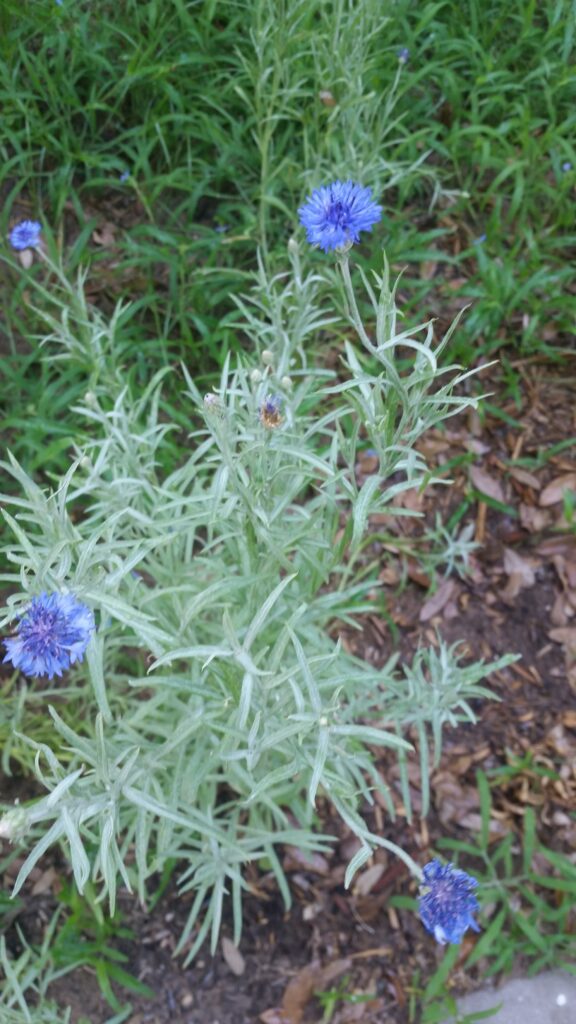
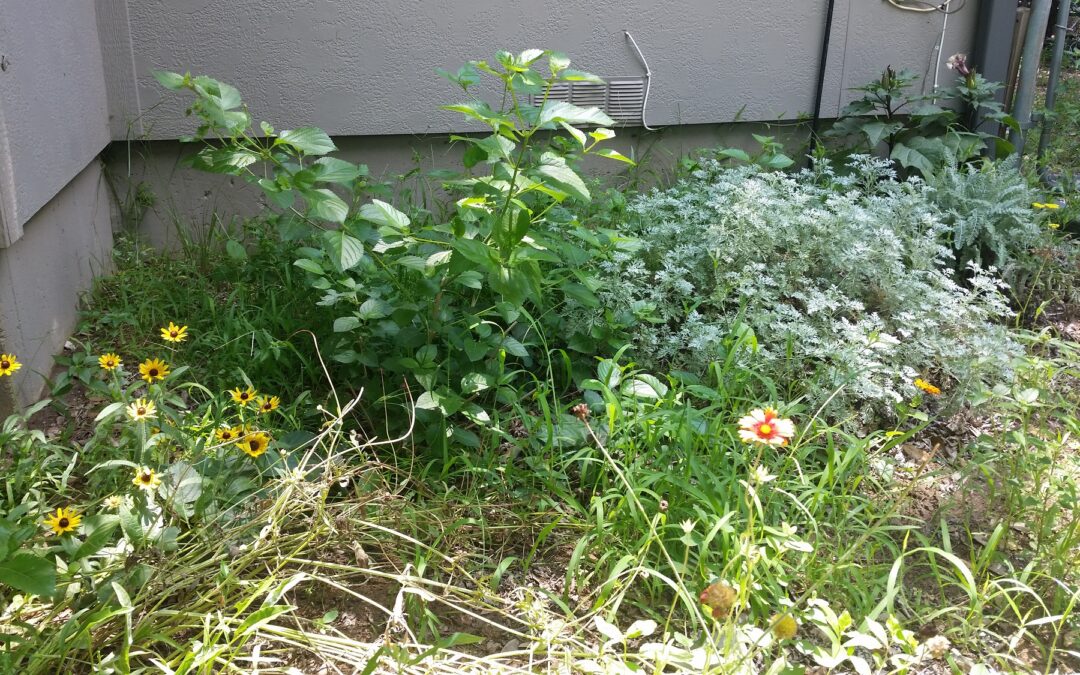
Recent Comments